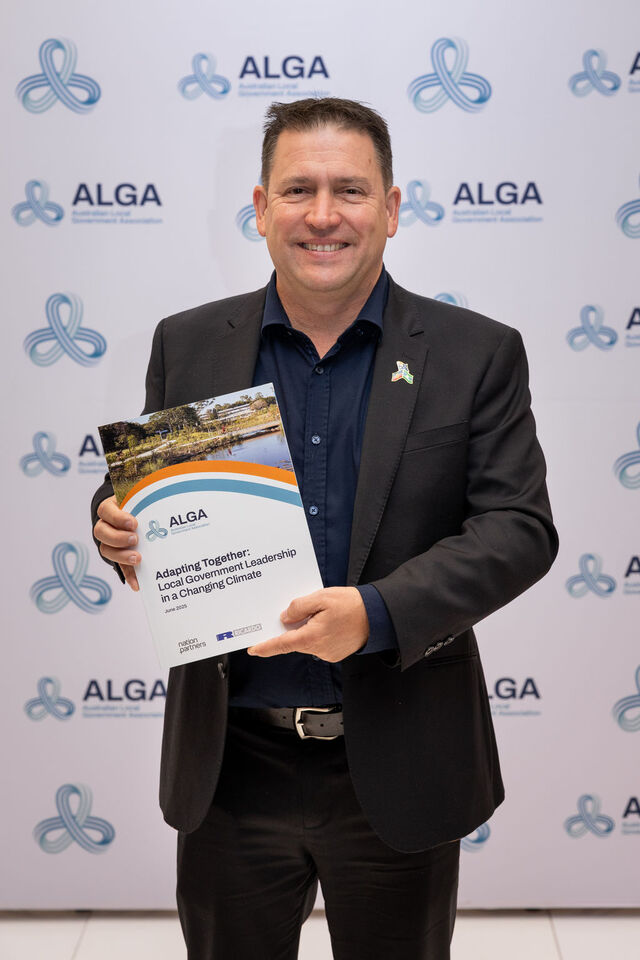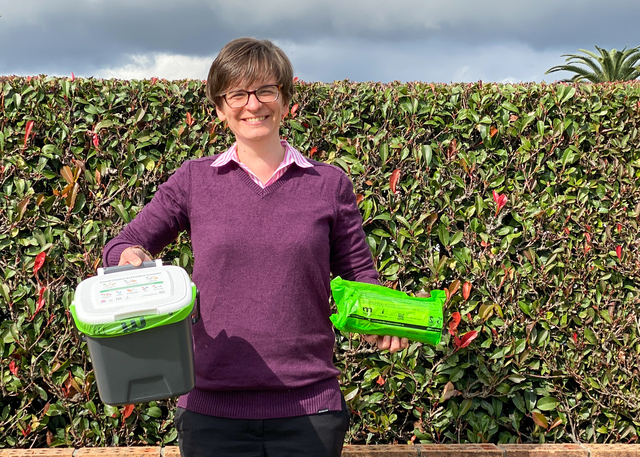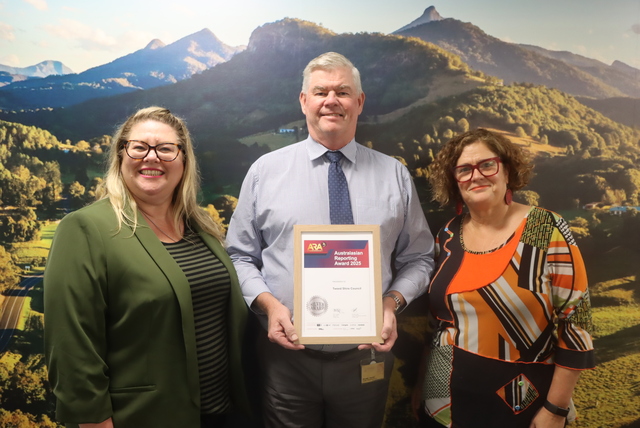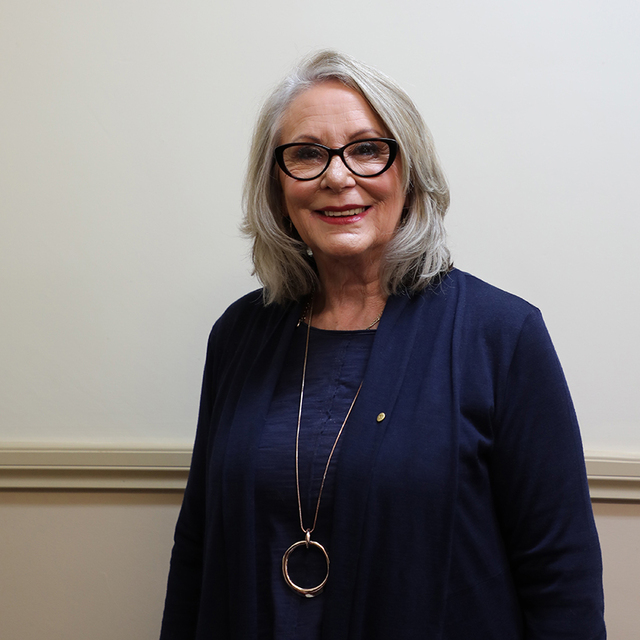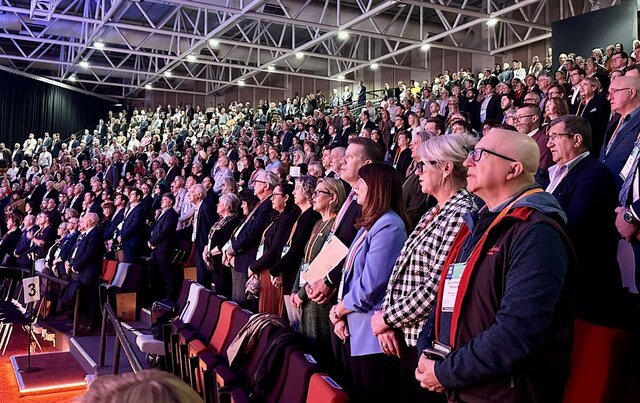When elected in 1998, the Bacon Government in Tasmania successfully campaigned on a no amalgamation platform. It has recently been re-elected on this same platform.
Speaking recently at the NSW Local Government Managers Association Annual Conference, Director of the Local Government Division in Tasmania, Marguerite Scott, said that the Bacon Government’s key Local Government reform has undoubtedly been its Partnership Agreement Program. Through this program, agreements between Local and State Government aim to achieve social, economic and environmental benefits.
“High level agreements are being made at the individual Council level (Bilateral Agreements), regionally and statewide,” Marguerite Scott said.
She said that Partnership Agreements are not about telling Councils how to run their business or transferring unwanted assets, responsibilities or costs. Despite some early reservations, the program has been increasingly welcomed by Local Government. Two Bilateral Agreements were negotiated in the first year of the program, but the pace has since escalated and it is expected that 17 of the 29 Tasmanian Councils will have signed Bilateral Agreements by the end of this calendar year. “Bilateral Partnership Agreements between individual Councils and the State Government have delivered a number of mutual benefits,” she said. They foster a greater trust and level of cooperation both at the political and official level.”
The Agreements are wide ranging, often dealing with complex issues. However, they have also successfully resolved long standing local issues that to an outsider may appear minor. A good example is at Glenorchy City Council, where some sections of highway verges were the responsibility of both Council and a State Agency. Agreement has resulted in a more consistent presentation and greater efficiency in delivering this service.
“The Partnership Agreements have not only led to improved strategic planning at the local, but also at the regional and State wide level,” Marguerite Scott said.“Regional Agreements allow the broader issues to be tackled, such as community health, economic development, transport planning and river management, while the Premier’s Local Government Council (PLGC), which is Chaired by the Premier, oversees State wide Partnership Agreement negotiations. Through the PLGC, State wide issues, including Planning matters, State/Local financial arrangements and a highly formalised process of community consultation are currently being negotiated.”
Marguerite Scott pointed out that there are a number of lessons to be learned from Tasmania’s Partnership Agreement, including the following.
- Trust is essential
- With Bilateral Agreements, a focus on a limited number of strategic issues is often preferable
- The process is time consuming
- Both sides must have realistic expectations – incremental changes must also be appreciated
- Support is necessary at the highest level – both political and official
“With the Premier taking responsibility for the Partnership Agreement program, support at the highest level is part and parcel of the Tasmanian process,” she said. “He has certainly driven his Government’s support and thereby contributed mightily to the program’s success.”


